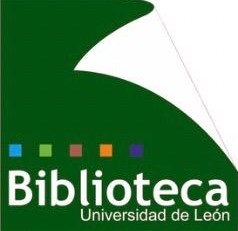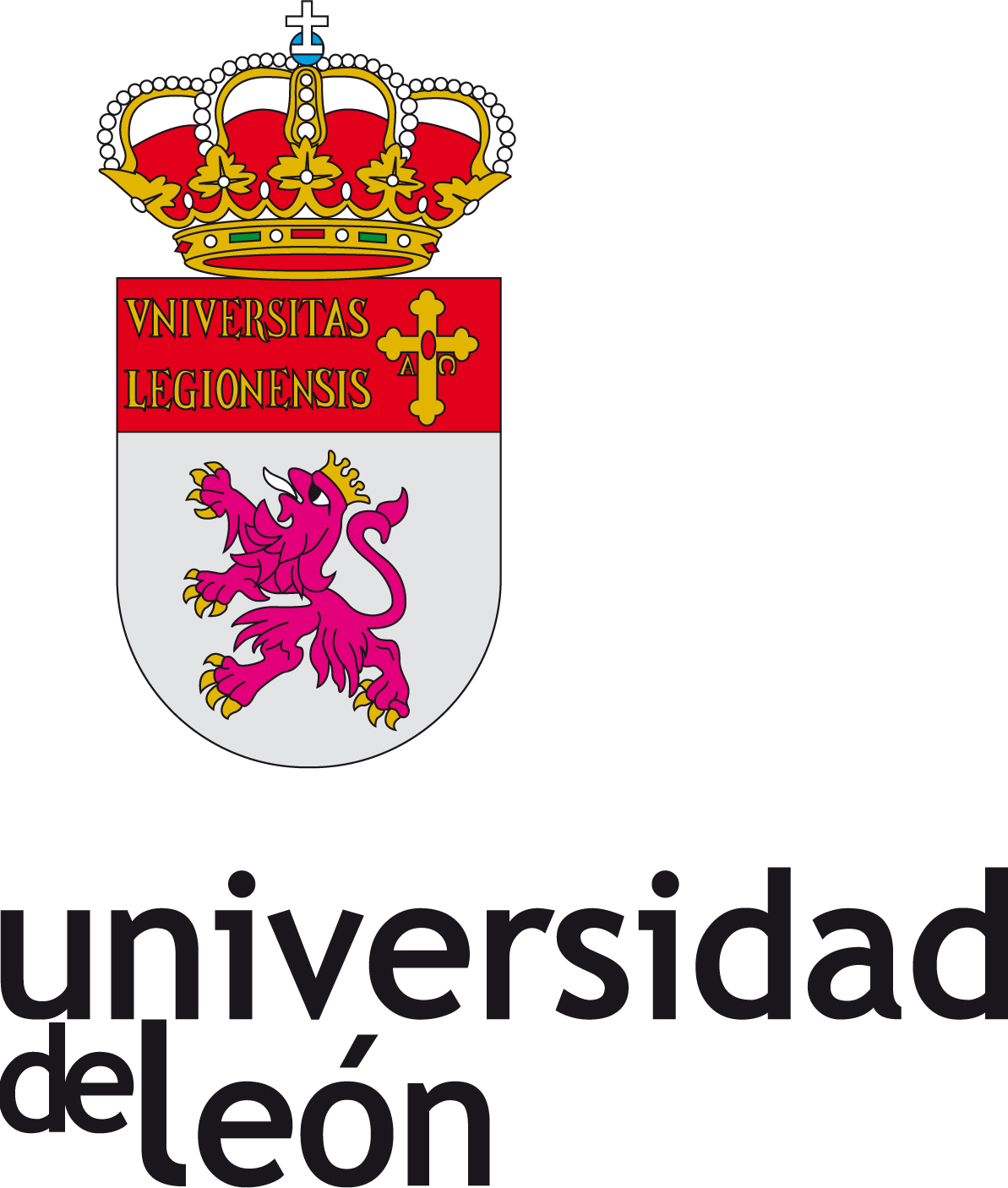Compartir
Título
Characterization of ESBL-producing Escherichia spp. and report of an mcr-1 colistin-resistance Escherichia fergusonni strain from minced meat in Pamplona, Colombia
Autor
Facultad/Centro
Área de conocimiento
Título de la revista
International Journal of Food Microbiology
Cita Bibliográfica
Martins, J. C., Pintor-Cora, A., Alegría, Á., Santos, J. A., & Herrera-Arias, F. (2023). Characterization of ESBL-producing Escherichia spp. and report of an mcr-1 colistin-resistance Escherichia fergusonni strain from minced meat in Pamplona, Colombia. International Journal of Food Microbiology, 110168.
Editorial
Elsevier
Fecha
2023-03-15
ISSN
0168-1605
Resumen
[EN] Foods of animal origin are increasingly considered a source of extended spectrum β-lactamase (ESBL) producing bacteria which can disseminate throughout the food chain and become a health concern for humans. This work aimed to evaluate the occurrence of ESBL-producing Escherichia coli in 100 retail minced meat samples taken in markets in Pamplona, Colombia. A total of 19 ESBL-producing isolates were obtained, 18 identified as E. coli and one as E. fergusonii. Fifteen isolates (78.9 %) carried blaCTX-M and blaTEM genes, one (5.2 %) blaSHV and blaTEM genes, one isolate (5.2 %) carried blaCTX-M and one (5.2 %) blaSHV alone. The majority of CTX-M-positive E. coli isolates carried the blaCTX-M-15 gene (13 isolates), being the blaCTX-M-9, blaCTX-M-2, and blaCTX-M-8 (one isolate each) also detected. Two SHV-positive isolates presented the blaSHV-5 and blaSHV-12 allele. The isolate identified as E. fergusonii was positive for blaCTX-M-65 gene and mcr-1 gene. Sixteen isolates (84.2 %) belonged to phylogroups A and B1 and grouped together in the phylogenetic tree obtained by MLST; phylogroups E and F were also detected. Transfer of ESBL resistance was demonstrated for the E. fergusonii isolate. Whole genome sequencing of this isolate revealed the presence of plasmids carrying additional resistance genes. This investigation showed the high prevalence of ESBL-producing E. coli in retail samples of minced meat. Also, the isolation of a strain of E. fergusonii is an additional concern, as some resistance genes are located in mobile elements, which can be transmitted to other bacteria. These evidences support the increasing public health concern considering the spreading of resistance genes through the food chain.
Materia
Palabras clave
Peer review
SI
URI
DOI
Aparece en las colecciones
- Artículos [4761]
Ficheros en el ítem
Tamaño:
1.940
xmlui.dri2xhtml.METS-1.0.size-megabytes
Formato:
Adobe PDF















